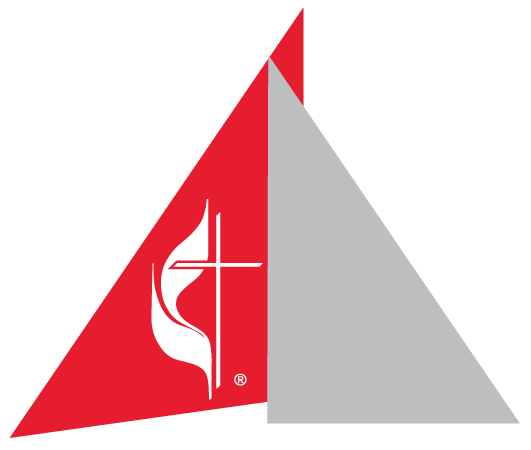Many, many weeks there are visitors and potential new congregants that pass through our doors to worship with us for the first time. Some are joining us with a background in church worship and they slip easily into the flow of the service, perhaps noting the minor differences. However, others have little experience with the ebb and flow of the service and wonder at the terminology that churched people use so easily. Sometimes what is so familiar to us can be challenging to explain to someone with questions. So, let’s look at our service of worship…..
Most Protestant worship services include the elements of Gathering, Proclamation and Response, and Sending Forth. For each of these elements there are many possible parts:
The Invitation to Worship is a prayer, reading or song with is intended to gather all into an attitude of worship. Sometimes called a Collect, it is generally short and intended to set the tone for the service. The Gathering portion of the service may also include a hymn and announcements.
A hymn is a song specifically written for the purpose of worship, adoration or prayer. We tend to think of hymns as being Christian, but many other world religions, both contemporary and historical, include hymns as a part of their worship. Christian hymns were modeled on the Psalms and the Canticles (poetic passages found throughout the Bible).
During the Proclamation and Response portion of the service a number of faith building activities may occur. Scripture (specific passages from the Holy Bible) will be read followed by a sermon or message. Another term that you may hear for a shorter sermon is homily. Whatever the label, the sermon is an address or discourse given to a gathering of Christians which examines or instructs on a theological theme. In the church service it is usually an examination and explanation of the scripture passage read earlier.
Another faith building activity is prayer. Prayer is how we personally connect with God: it can be a request for help, a statement of thanks, a recognition of God’s majesty. One of our most important prayers is known as the Lord’s Prayer. The Lord’s Prayer was taught to us by Jesus during His Sermon on the Mount when ‘one of His disciples” asked for a lesson on prayer. It appears twice in Scripture: Matthew 6:9-13 and Luke 11:2-4. The version that is used in service is that of Matthew. This prayer is the centerpiece of Christian worship for several reasons. Foremost, it is a “summary of the whole gospel”. While there are differences in the beliefs of different denominations, the Lord’s Prayer is common to all. That brings us to the second reason this prayer is so important: Christians around the globe, in all languages and varied houses of worship are praying the same prayer. The words of the Lord’s Prayer unite us in our relationship with God and our recognition of Jesus as our teacher and Savior.


Add Your Comment